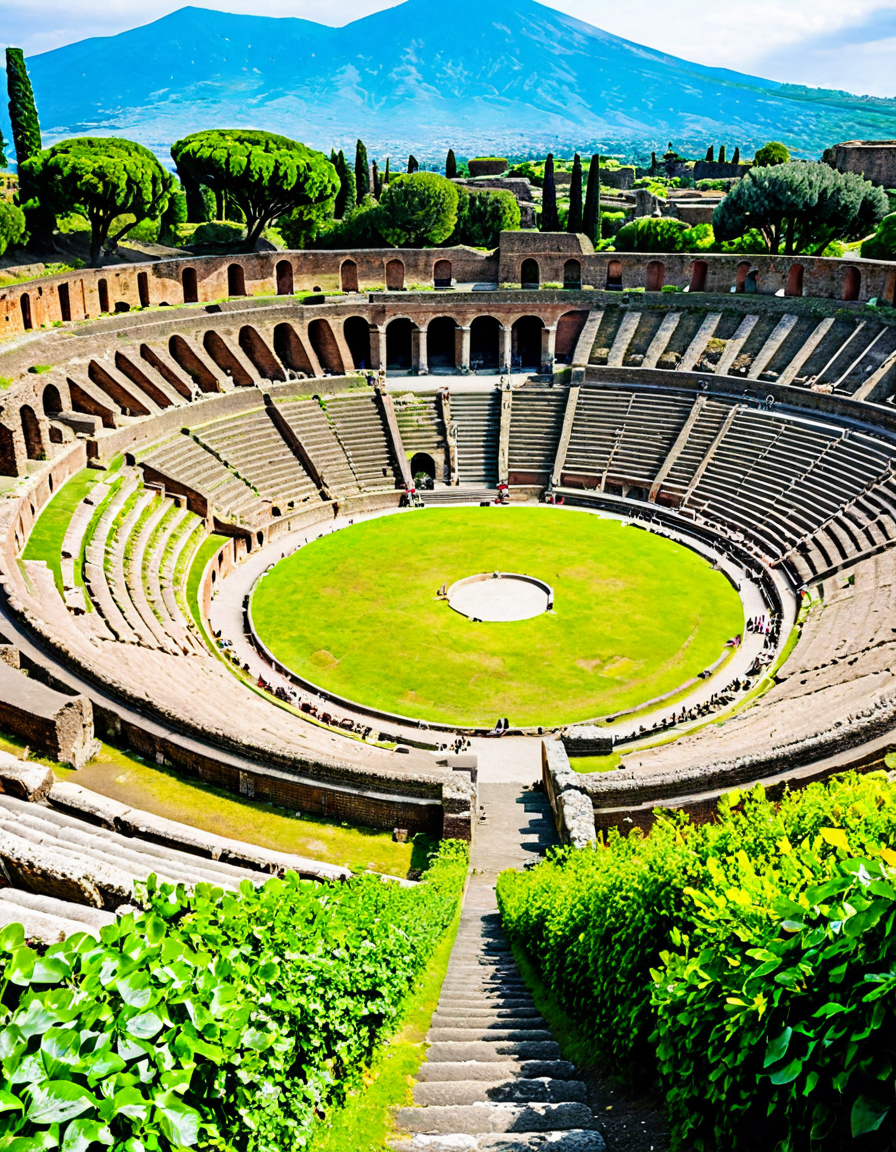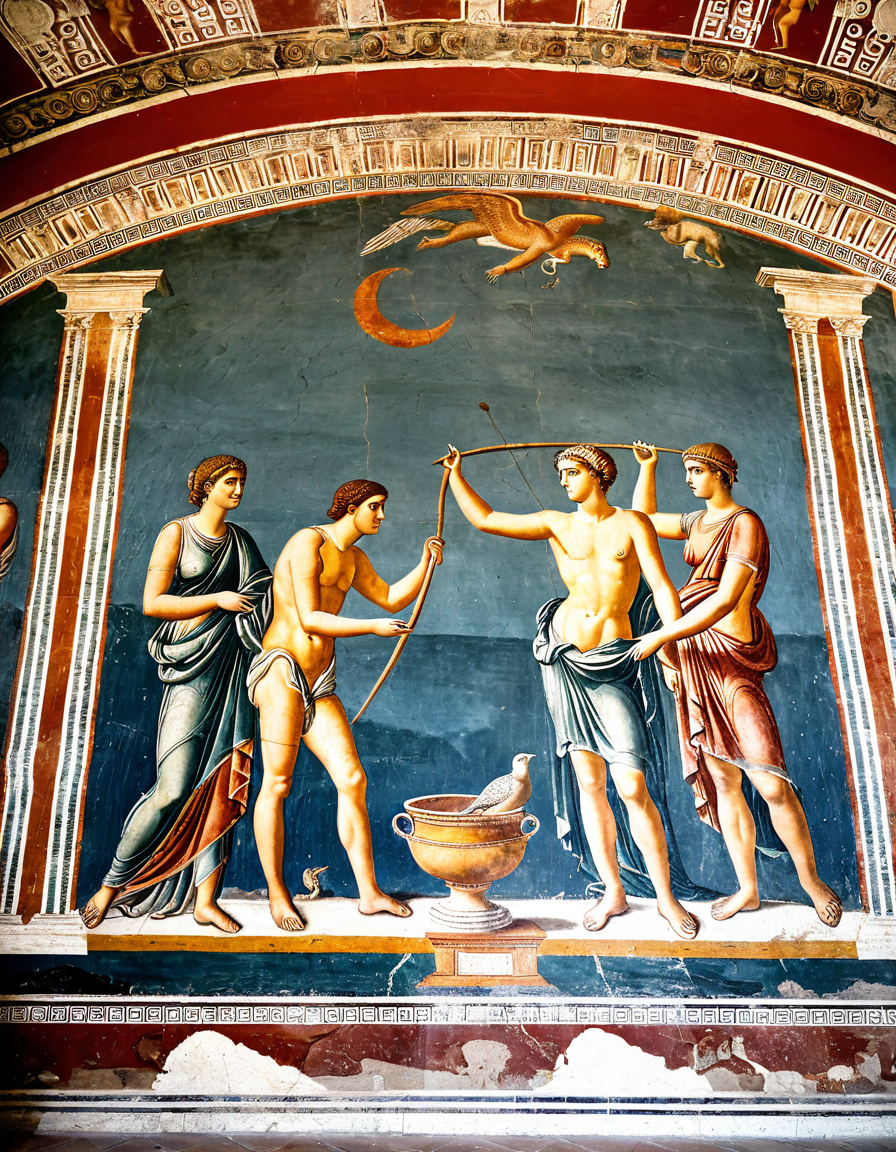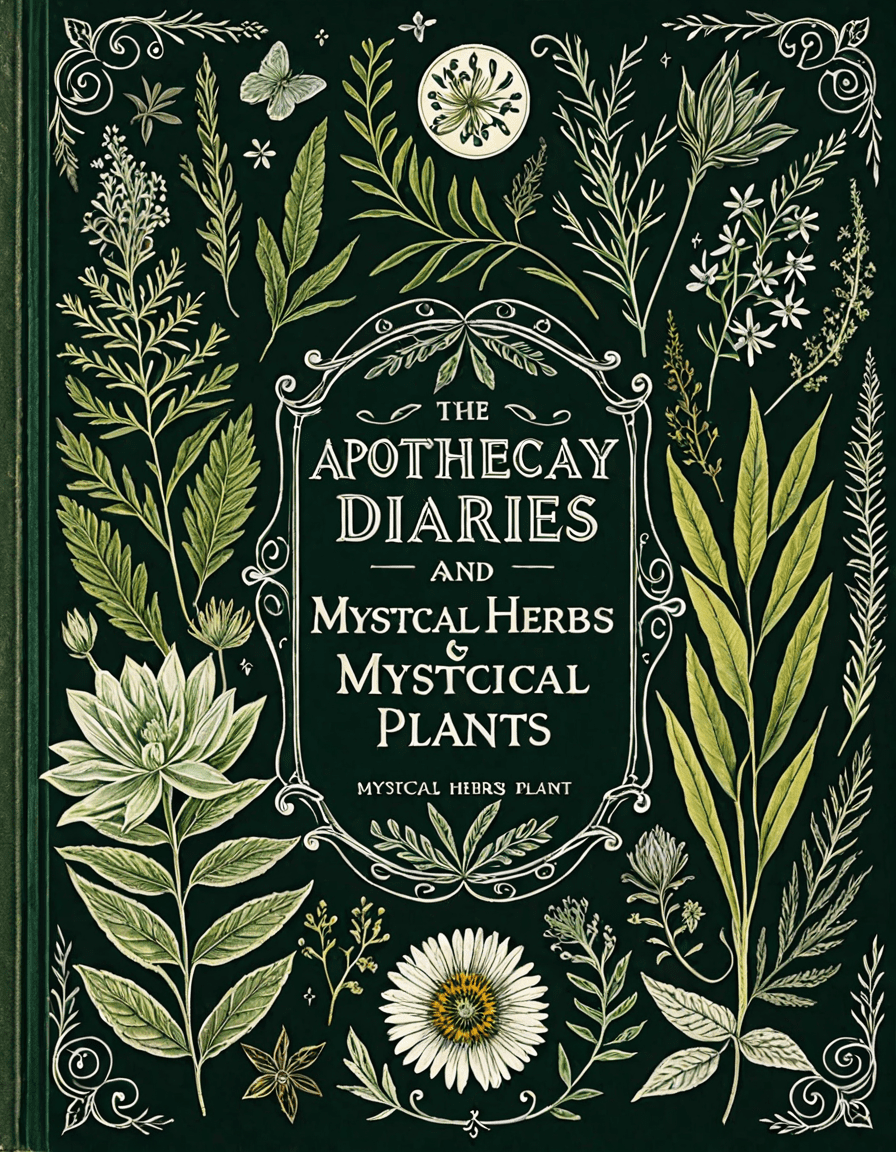Pompeii, a name that evokes images of ancient grandeur and tragic demise, stands as a portal to our past. Buried under volcanic ash for nearly two millennia, this Roman city offers an extraordinary view into the daily lives, creativity, and culture of ancient civilizations. The catastrophic eruptions of Mount Vesuvius in 79 AD preserved not just structures but also stories, providing invaluable insights that we still study today. Join me as we explore these remnants of history, and perhaps, get a little motivated to embark on our own journeys toward greatness, much like the resilient Romans who walked the streets of Pompeii.

7 Remarkable Aspects of Pompeii’s Preservation and Legacy
Pompeii captivates with its astonishing preservation and the journey it offers back to a world where artistry and life flourished despite impending doom. Let’s dive into these seven remarkable aspects that make Pompeii not just an archaeological site, but a rich narrative of human experience.
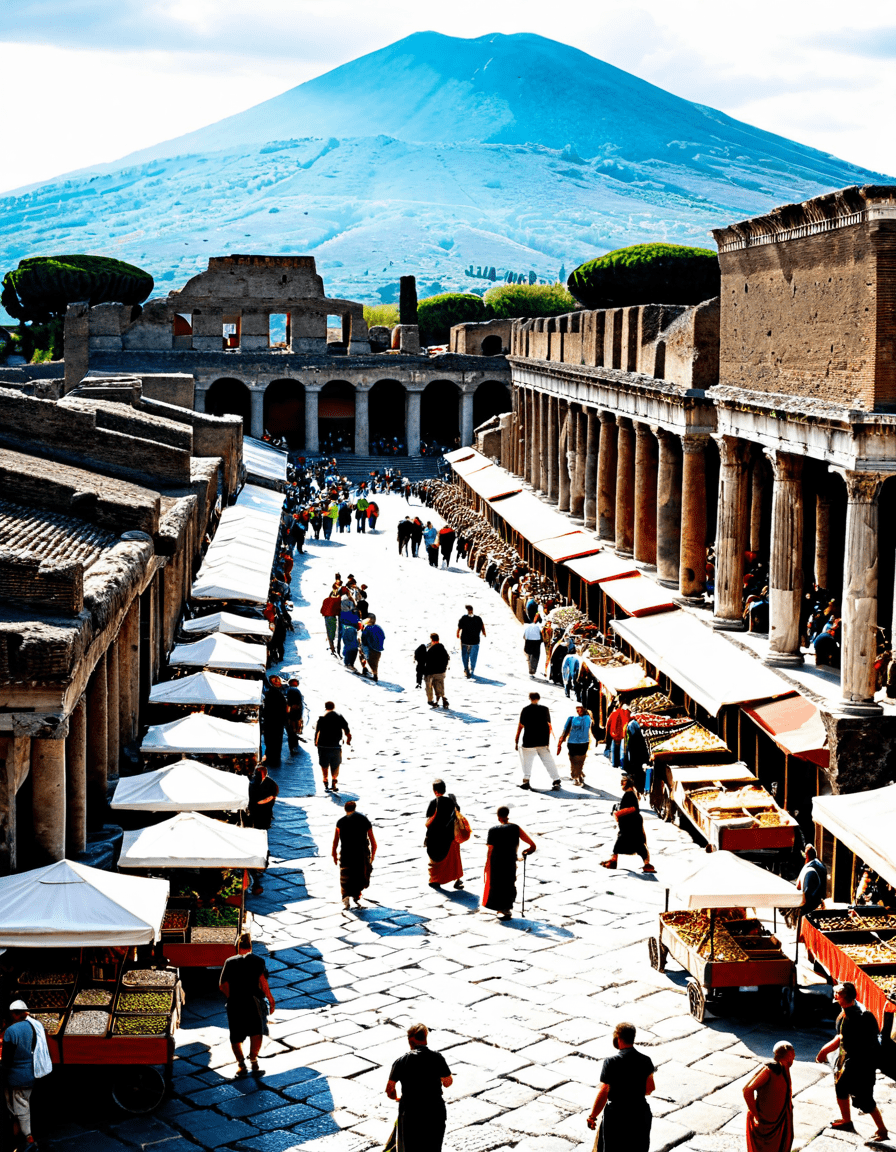
1. The Exquisite Frescoes of Pompeii
Walking through Pompeii, one can’t help but be struck by the vivid frescoes that adorn its walls. These stunning artworks, remarkably intact due to the ash that wrapped them like a protective blanket, showcase scenes from mythology, daily life, and nature. Take, for instance, the Villa of the Mysteries, where complex ritualistic imagery captivates not just the eye but our understanding of Roman beliefs and practices.
The colors here pop—with hues of red, blue, and gold, they tell stories of gods and parties that took place in homes long gone. Artists in ancient Rome weren’t just talented; they were masters. Their works challenge our modern notions of art, reminding us that creativity transcends time and continues to inspire generations, pushing us to channel our own creativity and get sculpted by our life’s experiences.

2. The Bread of Pompeii: A Culinary Snapshot
Food lovers, gather ’round! Pompeii’s bakeries shine a light on the culinary practices of ancient Romans, proving bread was more than just sustenance; it was a symbol of life. With millstones and ovens preserved under layers of ash, archaeologists have uncovered how Romans crafted loaves that were crucial to their daily meals.
Imagine opening a bakery to the aroma of freshly baked bread, just as the citizens of Pompeii did! The preserved loaves, carbonized during the eruption, provide a direct link to the flavors of the past. Those traditions matter today, showing how ancient societies influence modern baking methods—much like how every rep in the gym shapes us into stronger, better versions of ourselves.
3. Roman Social Life Captured in Pompeii
Pompeii serves up a slice of social life from ancient Rome. Its public spaces, like the Forum and amphitheater, resonate with stories of civic engagement and entertainment. With the huge amphitheater seating around 20,000 spectators, it’s evident that these venues were bustling hubs of activity.
Gladiatorial games weren’t just gruesome displays but significant social events, reflecting the passion and spirit of a community glued together—much like the gymming culture today. The camaraderie shared between teammates in fitness mirrors the connections that formed in these ancient arenas, inspiring us to build our social circles on common goals and mutual support.
4. The Role of Pompeii in Modern Archaeology
Pompeii’s influence stretches beyond its streets; it’s a cornerstone for modern archaeology. Techniques born out of excavations here—like plaster casts capturing the last moments of victims—have shaped how archaeological studies are conducted worldwide. The meticulous care taken in preserving the site sets an example for how we need to approach the protection of our cultural heritage.
When we think of the pioneering techniques developed at Pompeii, it pushes us to recognize the value of preserving our own legacies, whether through fitness or community. Much like how the effort put into caring for this ancient city will benefit future generations, our own dedication to fitness today can inspire tomorrow’s champions.
5. The Legacy of Pompeii in Education and Tourism
More than just ruins, Pompeii is a popular educational tool and tourist destination. Millions flock here each year, intrigued by the stories captured in the ash. This influx drives both local economies and national tourism, allowing people to engage with history firsthand—much like flipping through our favorite fitness magazine for inspiration.
Educational platforms now utilize virtual tours of Pompeii, making it accessible to anyone, anywhere. This hands-on experience can inspire curiosity and learning beyond textbooks, teaching us that just as ancient Romans strove for knowledge and excellence, we too can aim for greatness in our own lives, building muscle and determination.
6. Literary and Artistic Influences from Pompeii
The influence of Pompeii has permeated literature and art, stirring inspiration across centuries. Edward Bulwer-Lytton’s novel “The Last Days of Pompeii” romanticizes the tragedy, reflecting our deep fascination with the ruins. Famous artists like Diego Rivera seized upon Pompeii’s motifs, showing how the past continues to inform our creativity.
Just as artists reflect the human condition, our pursuit of fitness captures our desire for resilience and strength in the face of adversity. By channeling the inspiration that flows from Pompeii’s legacy, we push ourselves to be not just fit, but well-rounded individuals—forever adapting and creating.
7. The Ongoing Research and Discoveries of Pompeii
Excavations at Pompeii are ongoing, with archaeologists constantly revealing new findings. Recent diggings uncovered a stunning villa adorned with intricate frescoes that tell even more tales of the past. Thanks to ground-penetrating radar and other modern technologies, hidden corners of Pompeii are coming to light, proving that there’s always something new to learn.
Every discovery at Pompeii reminds us that just like in our personal fitness journeys, there’s no end to growth and understanding. We must keep striving to uncover our potential, pushing through challenges much like these archaeologists do in their search for lost treasures.
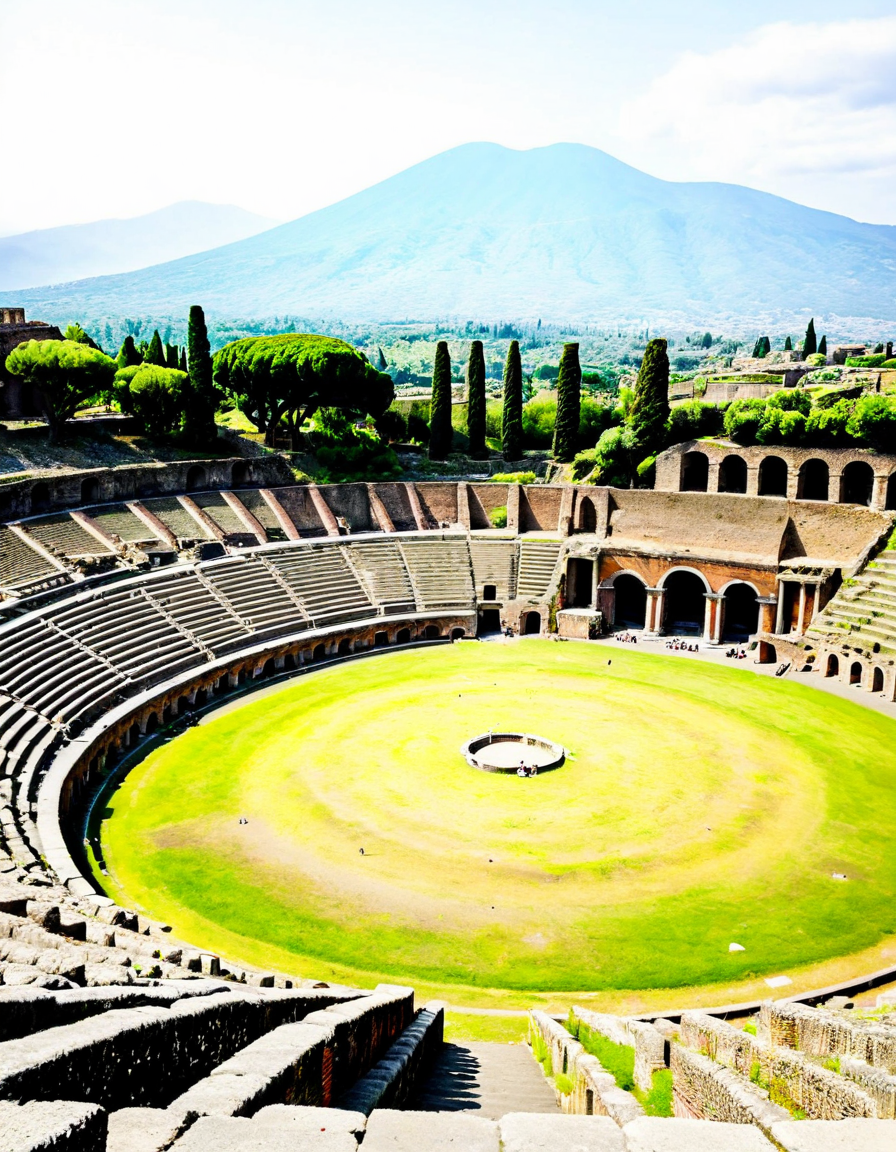
The Timeless Resonance of Pompeii
Pompeii isn’t just a relic; it’s a living testament to resilience, creativity, and human spirit. These ruins remind us that while disasters can be devastating, they also give rise to incredible stories of survival. The lessons of Pompeii extend into our lives, urging us to fight for our goals and own our paths.
Let the legacy of Pompeii motivate you to dig deep, stay committed, and embrace every setback as fuel for your fire. The cultural richness buried beneath layers of ash is a reminder of the strength we possess and the heights we can achieve. So, like the bravest gladiators who once occupied the amphitheaters of Pompeii, let’s gear up, get shredded, and carve our legacies with every drop of sweat.
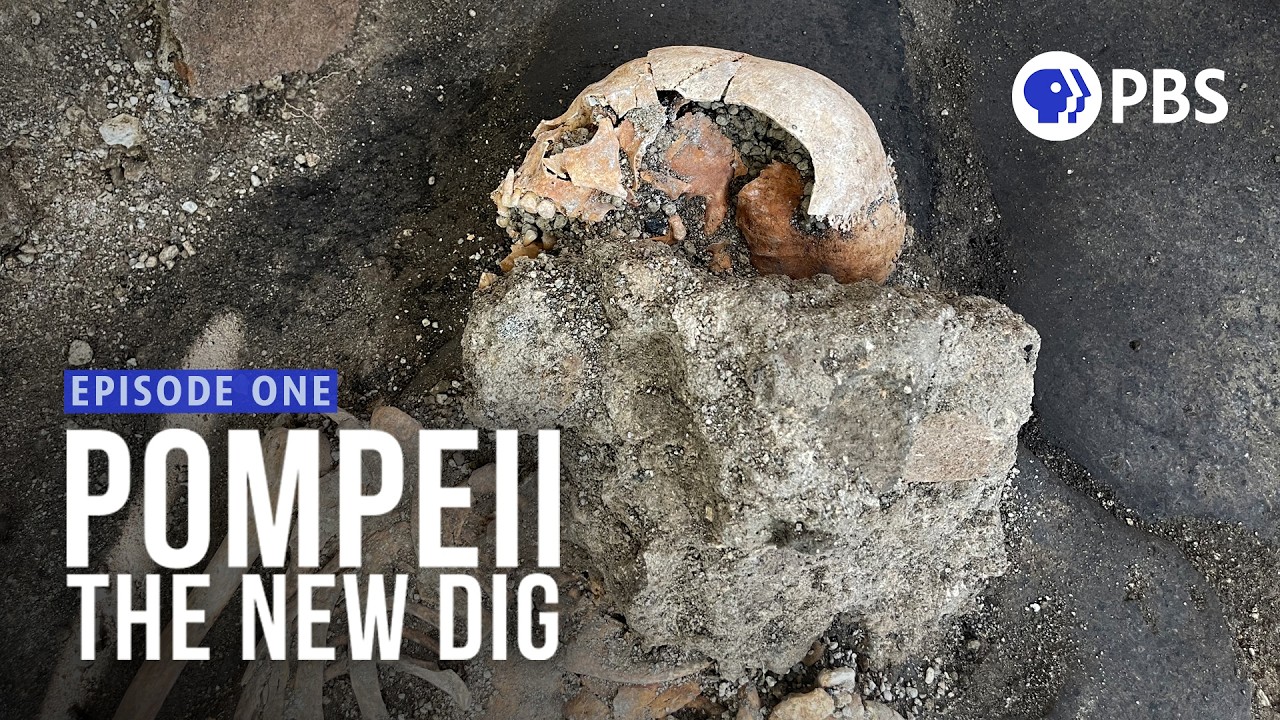
Pompeii: The Extraordinary Legacy of Ancient Ruins
Secrets Beneath Ashes
Pompeii, buried by a volcanic eruption in 79 AD, offers us a fascinating window into ancient Roman life. Did you know that the city’s streets were lined with vibrant murals and elaborate fountains? Archaeologists have uncovered intricate mosaics that depict everything from playful puppies to fearsome mythical creatures, almost like the animated antics of characters from a Disney Channel hit show. With about 2,000 years of history trapped beneath layers of ash, every corner of Pompeii tells a story, kind of like a thrilling game of Truth or Dare waiting to be rediscovered.
Everyday Life in a Lost City
Walking through Pompeii feels like stepping back in time. You might find it surprising that this bustling city had two public toilets, offering a glimpse into the daily rhythms of its citizens. Much like figuring out who’s behind the latest buzz—akin to the mystery of bigfoot—the( discoveries in Pompeii keep history enthusiasts on their toes. Surprisingly, many homes still display the remnants of decor, which gives insights into the lives of people who lived there, perhaps not unlike the characters from Brooklyn Nine-nine, each home with its quirks and charm.
Artistic Echoes of Time
Art and culture flourished in Pompeii, evidenced by the countless frescoes and statues. One aspect that reigns supreme is how they celebrated life, even in the face of adversity. They had amphitheaters that staged plays and performances—similar to the high-energy moments seen in sports tributes to legends like Ronaldinho. Not only did these artistic expressions reveal their daily life, but they also showcased their aspirations and dreams, quietly echoing through the ages.
As you explore these ruins, imagine the stories they could tell, the laughter, and the drama that filled the air—much like the suspenseful chapters of a New York Times piece on the latest headline or the riveting stories of contemporary figures like Natalie Joy. Each layer of ash uncovers new narratives, creating an enticing tapestry that captures the imagination, reminding us that the past never truly fades but shapes our understanding of the present and future, much like the inspiring journeys featured in Streams East and the dynamic tales of individuals like Walker Nathaniel diggs.
